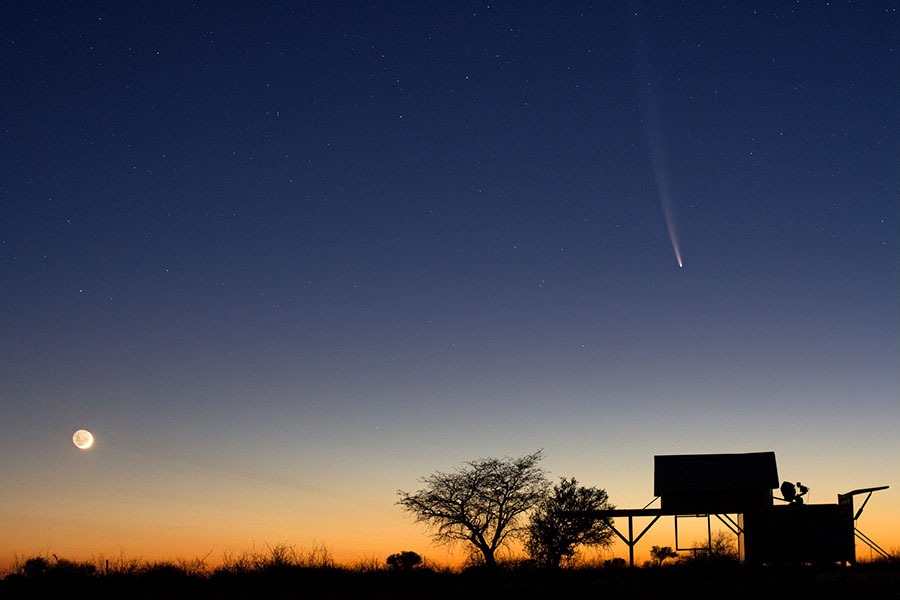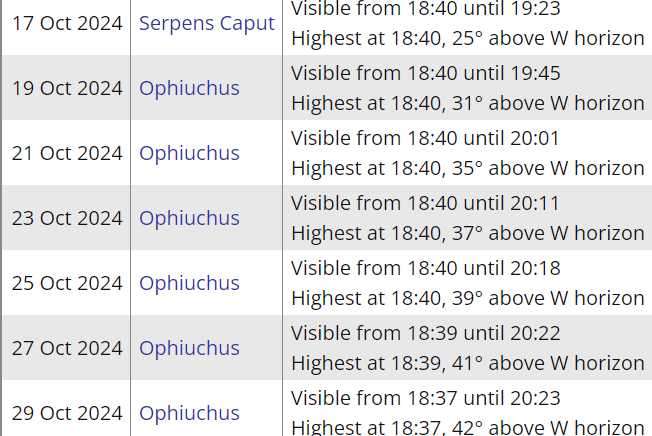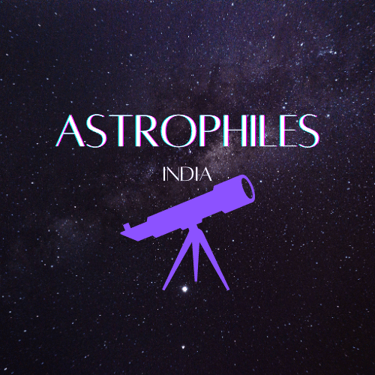Catch a Glimpse of Comet Tsuchinshan-Atlas from India!
Comet Tsuchinshan-ATLAS (C/2023 A3) will soon be visible in the evening sky over India, offering a rare chance for stargazers to witness a comet with the naked eye. This article provides tips on where and when to spot the comet, what to expect during observations, and how to make the most of this unique celestial event.
SPACE NEWS
Rupa Soni
10/13/20244 min read


A bright comet is making its way through the night sky, and it’s a fantastic opportunity for astronomy enthusiasts in India to witness this celestial wonder! Here’s everything you need to know about this exciting event.
What’s Happening?
Get ready for a rare celestial treat! A comet will soon be visible to the naked eye for the first time in years. Starting this Friday, look low in the western sky during twilight for your first glimpse. As the weekend progresses, the comet will rise higher and become even easier to spot. Early next week will offer the prime opportunity to see it at its brightest and most magnificent. Don’t miss out!
Stargazers in India are in for a remarkable sight this month, as Comet Tsuchinshan-ATLAS makes its journey across the night sky, offering a rare opportunity for enthusiasts to witness a comet with the naked eye. After years of anticipation, the comet will be visible in the early evening sky, marking one of the most exciting astronomical events of 2024.
What Is Comet Tsuchinshan-ATLAS?
Comet Tsuchinshan-ATLAS, officially designated C/2023 A3, is a long-period comet discovered in January 2023. The comet was first spotted by the ATLAS (Asteroid Terrestrial-impact Last Alert System) and the Tsuchinshan Observatory in China, hence the dual name. Long-period comets like Tsuchinshan-ATLAS take thousands of years to complete their orbits around the Sun, making their visits to the inner solar system exceedingly rare.
This particular comet has drawn the attention of astronomers worldwide due to its potential brightness as it approaches the Sun, expected to reach perihelion (closest approach to the Sun) soon. If conditions are favorable, the comet could become one of the brightest objects in the night sky, visible without telescopes or binoculars.
When to See It
Starting this Friday, Comet Tsuchinshan-ATLAS will become visible low in the western sky during twilight, just after sunset. For Indian observers, this will be the first glimpse of the comet, and it will gradually rise higher in the sky over the weekend, becoming easier to spot. The comet is expected to reach its peak brightness by early next week, offering the best viewing conditions for stargazers.
- Best Viewing Dates: 15-29 October 2024. The following table gives the dates on which the comet can be seen from India. The timing here is depicted for Bhopal.
How to Find It
Finding the comet might seem challenging, but with a few tips, you can easily locate it:
1. Choose a Dark Spot: Look for a location away from city lights. Parks or open fields are great options.
2. Check the Weather: Clear skies are essential for spotting the comet. Cloudy nights will hinder your view.
3. Use Binoculars or a Telescope: While you can see the comet with the naked eye, binoculars or a small telescope will enhance your experience and reveal more details.
4. Starting Point: Look for Venus, the bright Evening Star. Hold your fist at arm’s length; the comet will be about 2½ fists to Venus's right.
What to expect when observing
Initially, the comet may appear as a small, faint smudge in the sky. However, as it brightens over the weekend, its tail, caused by the Sun’s radiation heating up the comet’s icy nucleus, will become more visible, forming a glowing streak. With a clear sky and minimal light pollution, you might even spot the tail without optical aids.
For those with binoculars or small telescopes, the view will be even more spectacular. You’ll be able to see more details of the comet’s coma (the cloud of gas and dust surrounding the nucleus) and its distinctive tail.
A Rare Opportunity for Astronomy Enthusiasts
Comets like Tsuchinshan-ATLAS are infrequent visitors, making this a must-see event for anyone interested in astronomy. While comets are unpredictable, and their brightness can vary depending on several factors, this one shows promise of being one of the most easily visible in recent years. Whether you’re a seasoned astronomer or a casual sky-watcher, this event provides a unique chance to witness a celestial wonder.
The Science Behind the Spectacle
Comets are often described as “dirty snowballs,” made up of ice, dust, and rocky material. When a comet approaches the Sun, the heat causes the ice to vaporize, creating a glowing coma and tail that can stretch for millions of kilometers. The sight of a comet in the night sky has fascinated humans for millennia, and Comet Tsuchinshan-ATLAS is no exception. Its passage offers a chance to observe one of the solar system’s oldest and most mysterious objects.
As Comet Tsuchinshan-ATLAS continues its journey, it reminds us of the ever-changing and dynamic nature of the cosmos. For those in India, this rare celestial event will be a memorable experience—one that may not come again for many years.
So, mark your calendars, prepare your binoculars, and get ready to witness the beauty of Comet Tsuchinshan-ATLAS lighting up the sky this October.
Join the Astronomy Community
If you're new to astronomy and excited about observing Comet Tsuchinshan-ATLAS, consider joining Astrophiles India club. We often organize star-gazing events where you can meet fellow enthusiasts and learn more about celestial phenomena.
Happy stargazing!


In this image taken from Namibia on September 30th, the comet was positioned over the eastern horizon at dawn. It was as visible to the unaided eye as in the photo. In the days to come, the comet will be visible over the western horizon in the evening. Download a higher-resolution version of this image here.
Gerald Rhemann / Michael Jaeger
